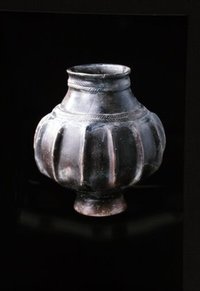Zusammenstellung von neun unterschiedlichen Mustern der Westfalenstoffe. Die auf dem Schaubild gezeigten Muster sind von Hanne-Nüte Kämmerer entworfen worden. Zu ihren bekanntesten Entwürfen gehört das Hähnchenmuster sowie die Muster Don Quichote, Sonne und Hüte.
All diese Muster sind seit Beginn der Produktion in vier Farbzusammenstellungen lieferbar: blau-weiß, rot-weiß, weiß-blau und weiß-rot.
Drei größere Motive, zum Teil aus einzelnen Mustern zusammengestellt, sind hier in der Form von Taschentüchern vertreten.
en

